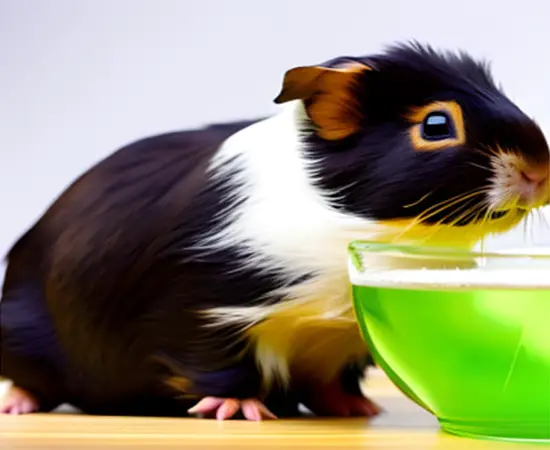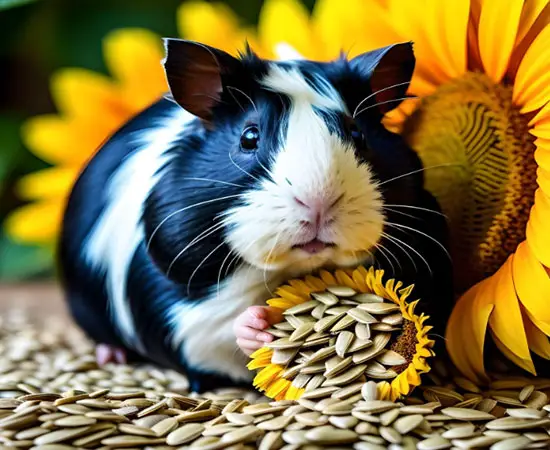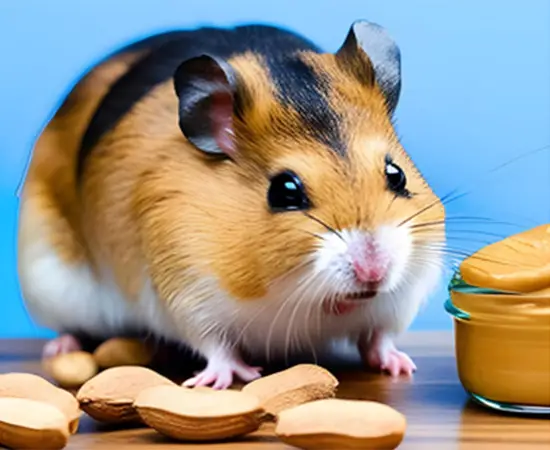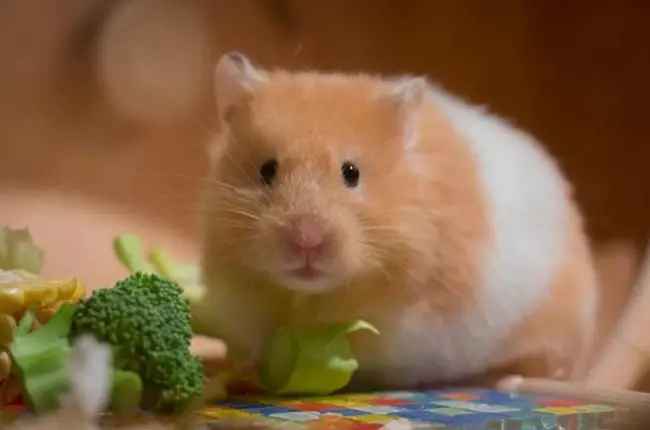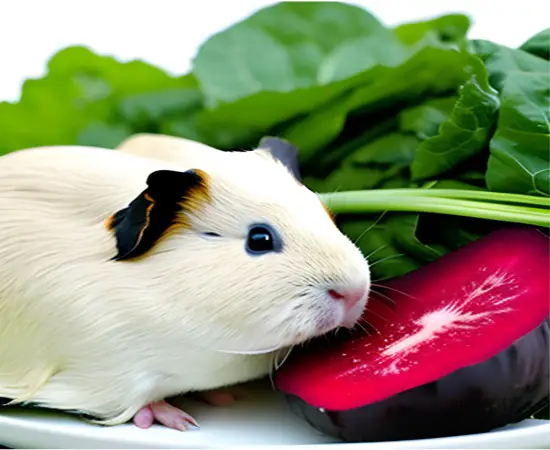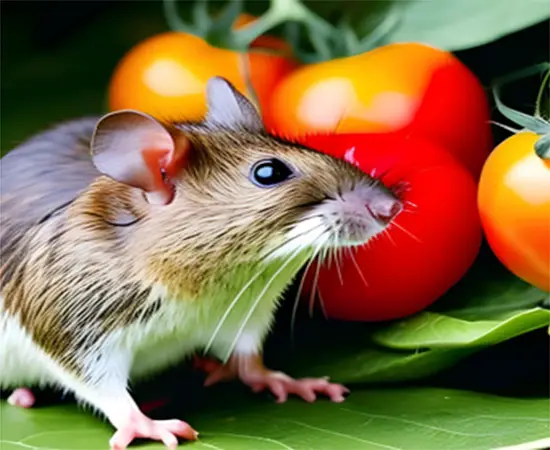Baby guinea pigs begin drinking water at 2-3 weeks, transitioning from milk for proper growth. Monitor and nurture their well-being.
Baby guinea pigs, also known as pups, are adorable and delicate creatures that require special care, especially when it comes to their hydration needs. As a responsible guinea pig owner, it’s essential to understand when and how to introduce water to these tiny furballs. In this comprehensive guide, we’ll explore the timeline for when baby guinea pigs start drinking water, the reasons behind this developmental milestone, and the best practices for ensuring their hydration. Let’s dive in!
The Importance of Hydration for Baby Guinea Pigs
Just like any young creature, baby guinea pigs have specific needs to support their growth and development. Hydration plays a critical role in various bodily functions, including digestion, circulation, and temperature regulation. Water helps transport nutrients throughout their bodies and eliminates waste products. Inadequate hydration can lead to health issues such as urinary tract problems and digestive complications. Ensuring a proper balance of water intake is vital for their well-being.
When Do Baby Guinea Pigs Start Drinking Water?
Baby guinea pigs usually start showing interest in water between the ages of 2 to 3 weeks. At this point, they are becoming more curious about their surroundings and exploring their environment. It’s important not to rush the introduction of water, as they still primarily rely on their mother’s milk for essential nutrients. By around 3 to 4 weeks of age, you can begin to offer a shallow dish of water to the pups, monitoring their response closely.
Why the Delay in Water Introduction?
In the wild, guinea pigs inhabit regions where water sources may be scarce, leading them to obtain most of their hydration from the succulent plants they consume. This adaptation has carried over to domestic guinea pigs, and their early reliance on their mother’s milk helps fulfill their hydration needs. Mother’s milk not only provides essential nutrients but also contains a significant amount of water to keep the pups hydrated. This delay in introducing water ensures they receive optimal nourishment during their early stages of life.
Preparing the Perfect Water Dispenser
When introducing water to baby guinea pigs, selecting the right water dispenser is crucial. Opt for a shallow and stable dish to prevent accidental drowning. A small ceramic dish or a specialized small animal water bottle with a low nozzle can work well. Place the water dispenser near their bedding area, ensuring it’s easily accessible without causing any stress to the pups.
Introducing Water to Baby Guinea Pigs
To introduce water, start by placing a shallow dish of water in their enclosure. Initially, they might be curious and take a few tentative sips. As they grow more accustomed to the presence of water, you’ll notice them exploring and drinking more frequently. Monitor their water intake closely, making sure they don’t reject or overindulge. It’s a gradual process, and their consumption will naturally increase as they continue to transition to solid foods.
Monitoring Hydration and Health
Watch for signs of dehydration, such as lethargy, sunken eyes, or dry skin. If you suspect dehydration, consult a veterinarian promptly. Regularly observe their behavior and ensure their water dispenser is clean and filled with fresh water. Proper hydration is a key factor in maintaining their overall health.
Transitioning to Solid Foods
As your baby guinea pigs grow, you can gradually introduce water-rich fruits and vegetables into their diet. Foods like lettuce, bell peppers, and watermelon can contribute to their hydration. However, remember that their primary source of water should still be from the water dispenser.
Hydration Beyond Infancy: Growing Up Guinea Pigs
As your guinea pigs mature, their water intake will naturally increase. Ensure a consistent supply of clean water at all times, and monitor their health as they transition to adulthood. By meeting their hydration needs, you contribute to their long and healthy lives as cherished members of your family.
Frequently Asked Questions
Can I give them water earlier?
It’s essential to follow the recommended timeline for introducing water to ensure their health and development aren’t compromised.
How much water should they drink daily?
Baby guinea pigs typically consume around 80-100 ml of water daily. However, individual needs may vary.
What if they refuse to drink water?
If your pups show reluctance, try offering water-rich vegetables like cucumber to encourage them.
Finally
Proper hydration is a fundamental aspect of caring for baby guinea pigs. By understanding the appropriate timeline for introducing water and following best practices, you contribute to their growth, health, and happiness. As you nurture these tiny beings through their early stages of life, you create a strong foundation for them to thrive as vibrant and energetic guinea pigs. Remember, a well-hydrated pup is a happy pup and your efforts in ensuring their hydration will be rewarded with endless joy and companionship.

